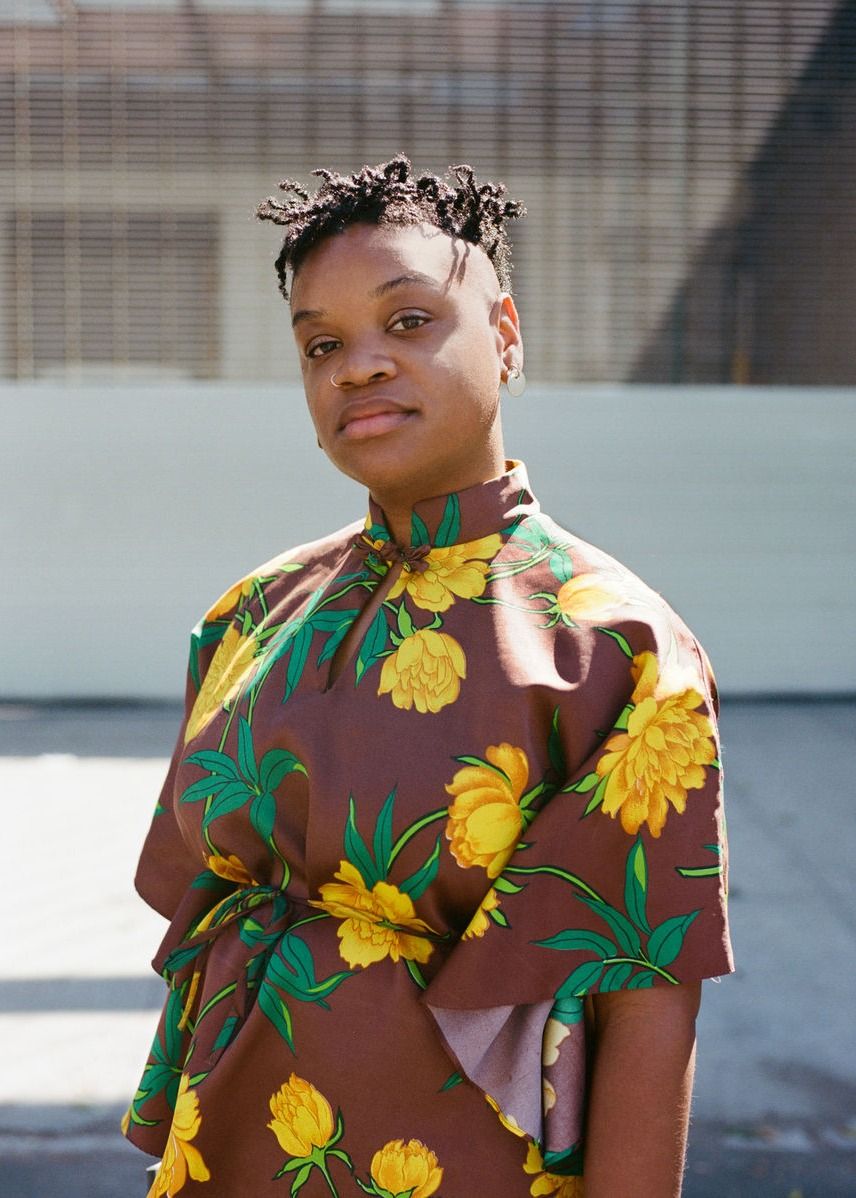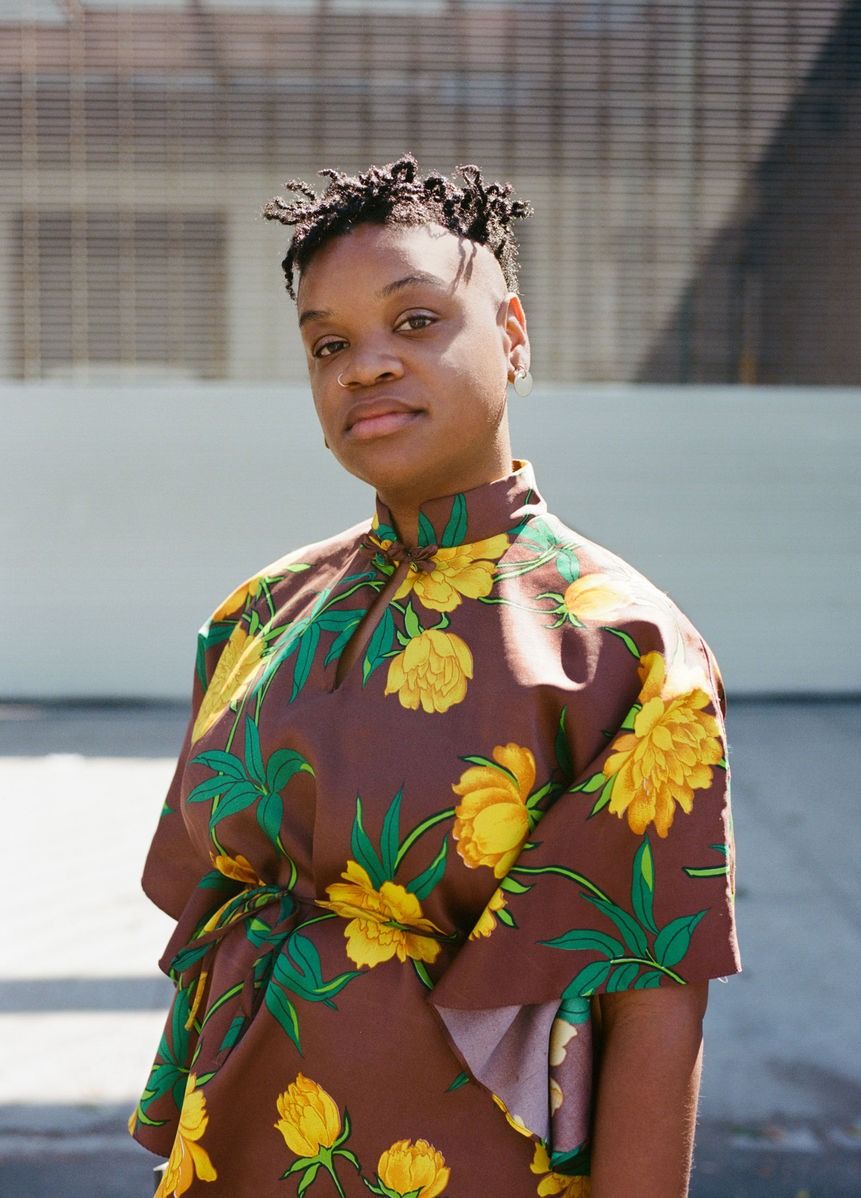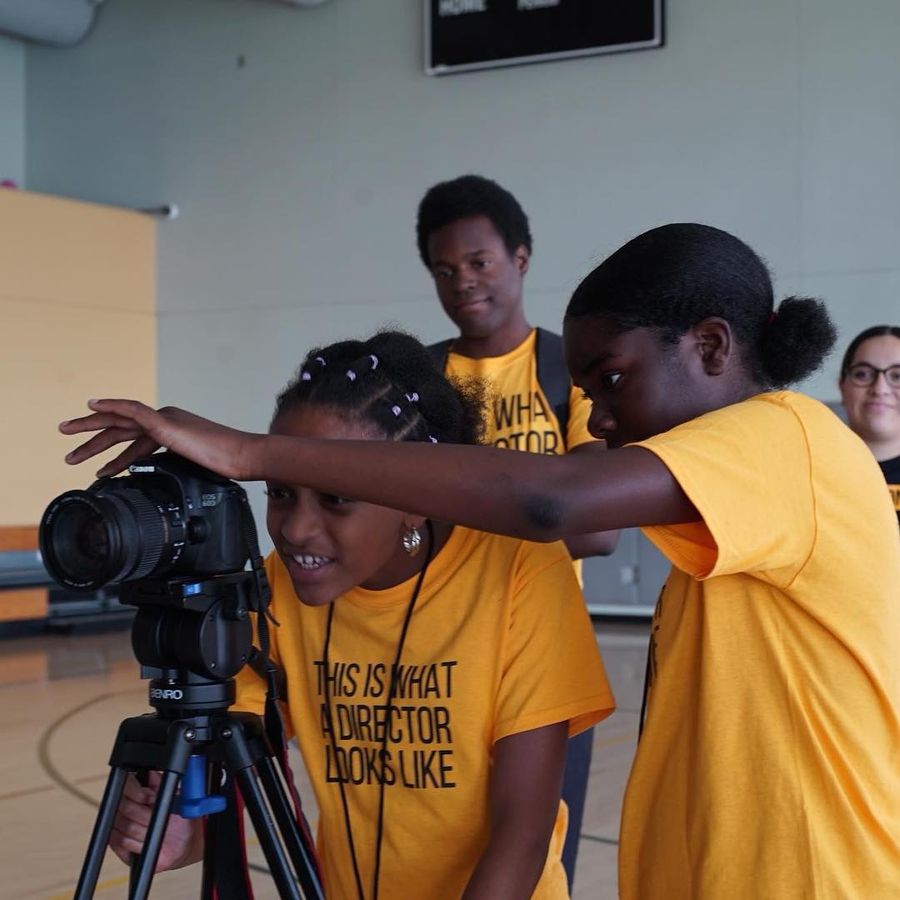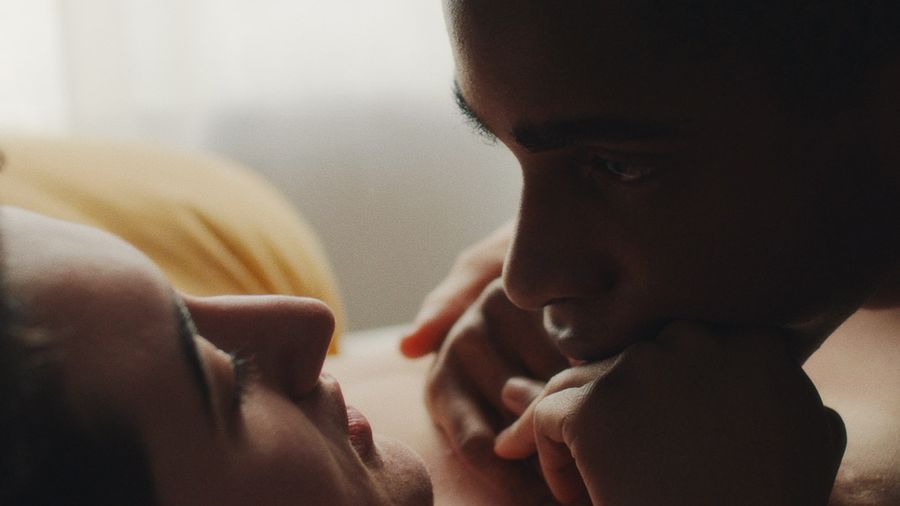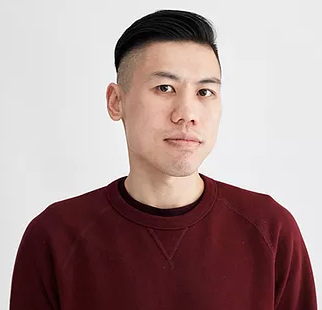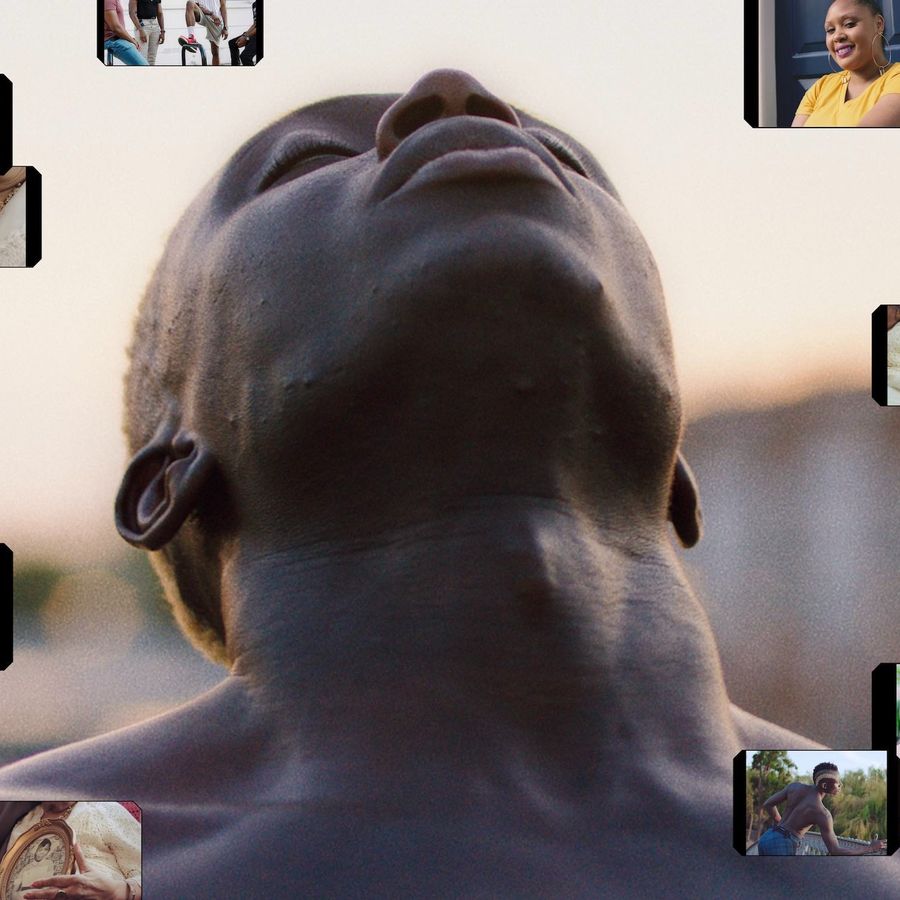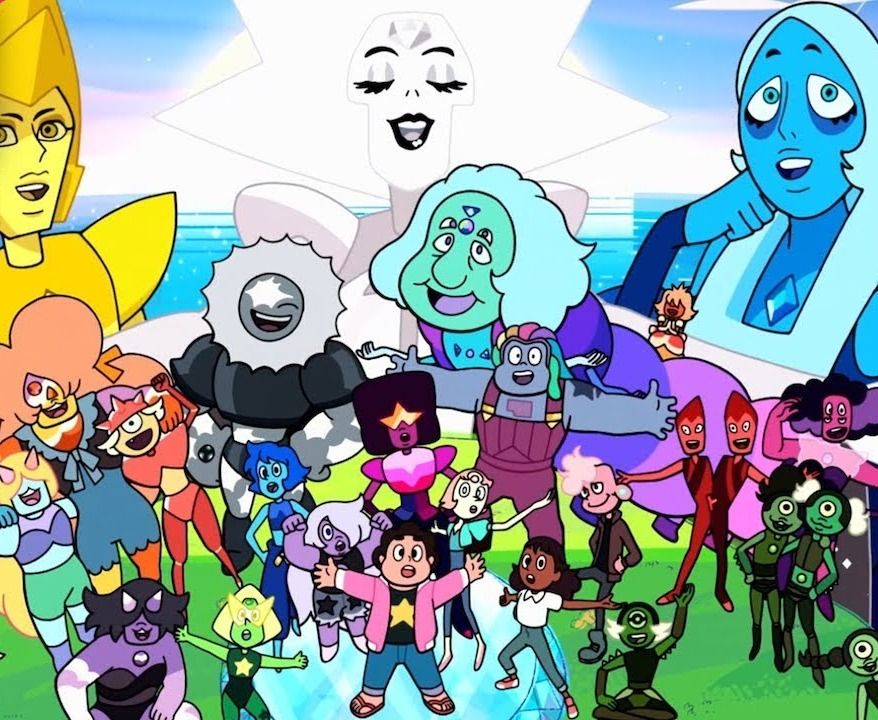Besides being an artistic maven with vast film knowledge that stretches farther than Texas, Erin Christovale is a curator who not only understands the strength of art and media but relishes in it. She utilizes it as a way to start broad conversations and bring art to the folks that are normally banished from artistic spaces. Like a coach, she guides her patrons through worlds that are unlike any they may have experienced before. The art she showcases focuses on the Black radical imagination, a thought that centers Black art, Black power and Black futures that are enriching, engaging, and euphoric.
Erin is a pioneer who is breaking ground in an uplifting way. As the associate curator at the Hammer Museum in Los Angeles as well as the co-founder and co-curator of the traveling short film program the Black Radical Imagination, she is giving Black artists the opportunity to create and showcase their art on their own terms. Centering experimental art and stories, her curation style is all about bringing concepts that focus not just on the Black experience, but Black experiences that reimagine what a Black future can look like. Now that we think about it, calling her an artistic badass is kind of an understatement.
Can you tell me a bit about the Black Radical Imagination program?
Erin Christovale: It started back in 2012 with my co-curator Amir George. We were both really inspired by this book called Freedom Dreams: Black Radical Imagination by Robin Kelley who teaches at UCLA. The book basically outlines the power of the imagination in various Black liberation movements, so each chapter highlights a different liberation movement. But what’s really compelling is that he emphasizes throughout each chapter that if it weren’t for the simple fact of imagining a future that could be non-oppressive or different or that honored civil rights, then we wouldn't be in the streets or changing things within government or creative fields. That idea of the Black radical imagination really resonated with us. And this was at a time where we both were coming out of film school and feeling like representations of ourselves were highly characterized or stereotyped or non-existent. We took it upon ourselves to start curating this film program.
How this works is, at the top of each year, we pick a theme. For example, the first year was afro-futurism. Then we put together an hour-long program of experimental short films by visual artists at filmmakers. And then we basically travel with it throughout the year and show it at different art spaces. It has been my biggest project and has taught me a lot about so many things, but mainly how to be an entrepreneur. That’s sort of what led me into curating at museums.
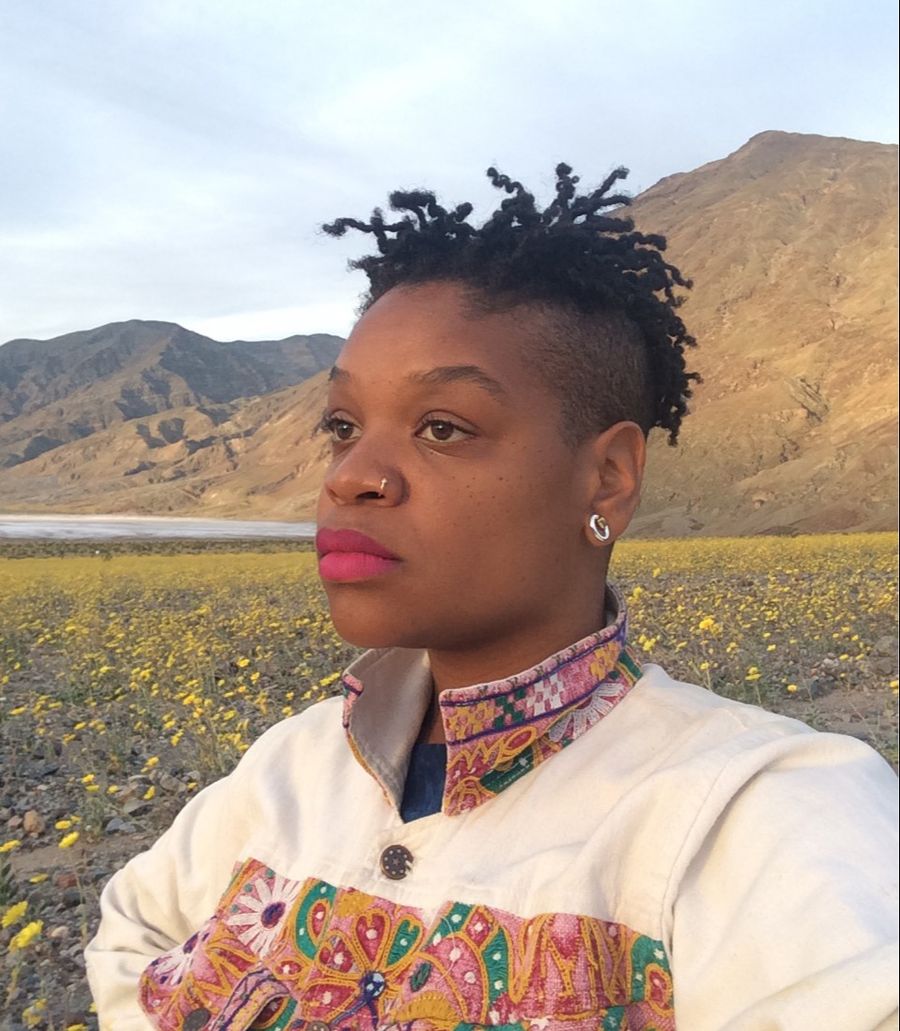
"What I have noticed is that the experimental realm has given Black folks and artists the most agency in how their narratives are constructed."
You mentioned a lot of the work you do with film is curating things around the experimental. What is it about the experimental platform you find to be the most impactful?
What I have noticed is that the experimental realm has given Black folks and artists the most agency in how their narratives are constructed. That feels really important to me when often the film industry has so many hands and gatekeepers in these projects. So, maybe something that initially was a bit more innovative or experimental eventually can get diluted and turned into the usual linear narratives that we see, and that’s fine. There needs to be both traditional and experimental cinema co-existing. But I really feel like experimental cinema is also this space that is still very much taken over. A lot of folks of color don’t always get to relish in that realm. That’s why I tend to gravitate towards it more. It tends to be more raw. It tends to be more personal. It is so much aligned with other visual arts and I like that.
It’s getting to imagine what this Black life is like in a way that goes outside this binary storytelling that has been set up for us.
I agree. Experimental cinema is a child of jazz in a way, thinking about these foundational forms of creative production in this country and how a lot of these foundational genres and art forms come from Black folks. I like to see the notion of jazz or how the idea of improvisation shows up in visual ways. I very much feel a legacy within that with experimental cinema.
What does the combination of cinema and physical art mean to you? Why do you feel combining those two art forms is important?
What I have always found interesting is that we have been taught how to ingest cinema. A large part of that has been through the entertainment industry. We are taught that we go into a theater and we experience a movie and we are passive observers. It's a more a reactionary experience. But often when you have experimental cinema in galleries or museums, you have more agency over how you experience that piece because oftentimes these pieces are on monitors or in smaller theaters. It’s understood that you can sit in there for as long as you want and then leave. I like that we can make our own decisions about how we interpret art. And I think the same goes for objects that are usually a part of these larger shows. I think I just want to bring cinema into the museum space. It reinforces the fact that this is possible. It's often a hopeful gesture of wanting people to see cinema doesn’t have to look a certain way. Or it doesn’t have to be experienced in a certain way. I hope that gives young folks and emerging artists more optimism around experimenting.
"I just want to bring cinema into the museum space. It reinforces the fact that this is possible. It's often a hopeful gesture of wanting people to see cinema doesn’t have to look a certain way. Or it doesn’t have to be experienced in a certain way. I hope that gives young folks and emerging artists more optimism around experimenting. "
Is there a piece of art that made you want to work with art? Whether it be an album or a song or a film.
Bill Gunn’s Ganja and Hess has remained one of the most important pieces of art in my life. Bill Gunn made this movie in 1973 and it’s essentially a love story between two Black vampires. Obviously, within that, there are so many other layers and themes that come through that piece about what it means to be a Black person in America. And the history of this film is really interesting. He made this at the height of the Blaxploitation era. He was approached by these two producers to make another vampire Black film. He took the money and made this really beautiful experimental film. Because of that, it got buried for many years. I think it was later in the ’90s that the original copy was found and it was redistributed. He was one of the few Black people that were in the writing, producing, and filmmaking side of the entertainment industry at the time. He and Gordon Parks and maybe one other person. He is definitely one of my heroes.
I will also say, Paris is Burning. That documentary really changed my life as a young person. I was that kid that would go to Blockbuster and rent every movie and just consume and consume. I remember the first time I encountered that as a high schooler and feeling this profound connection with this community of people. When I first went to USC, I was in the business school and I hated it and it wasn’t for me. I remember having a serious conversation with my parents about wanting to try for the film school. It was a really big decision for my whole family. I wrote about Paris is Burning and I was accepted, so that film also holds a special place in my heart by affirming that that was my path.
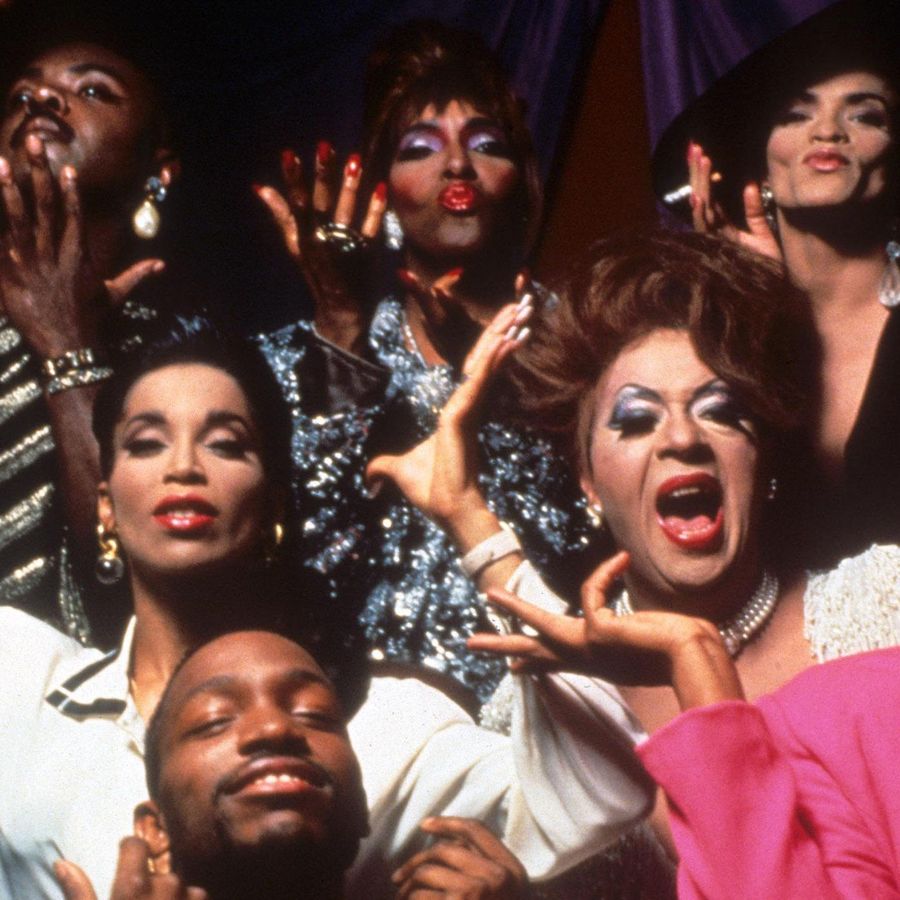
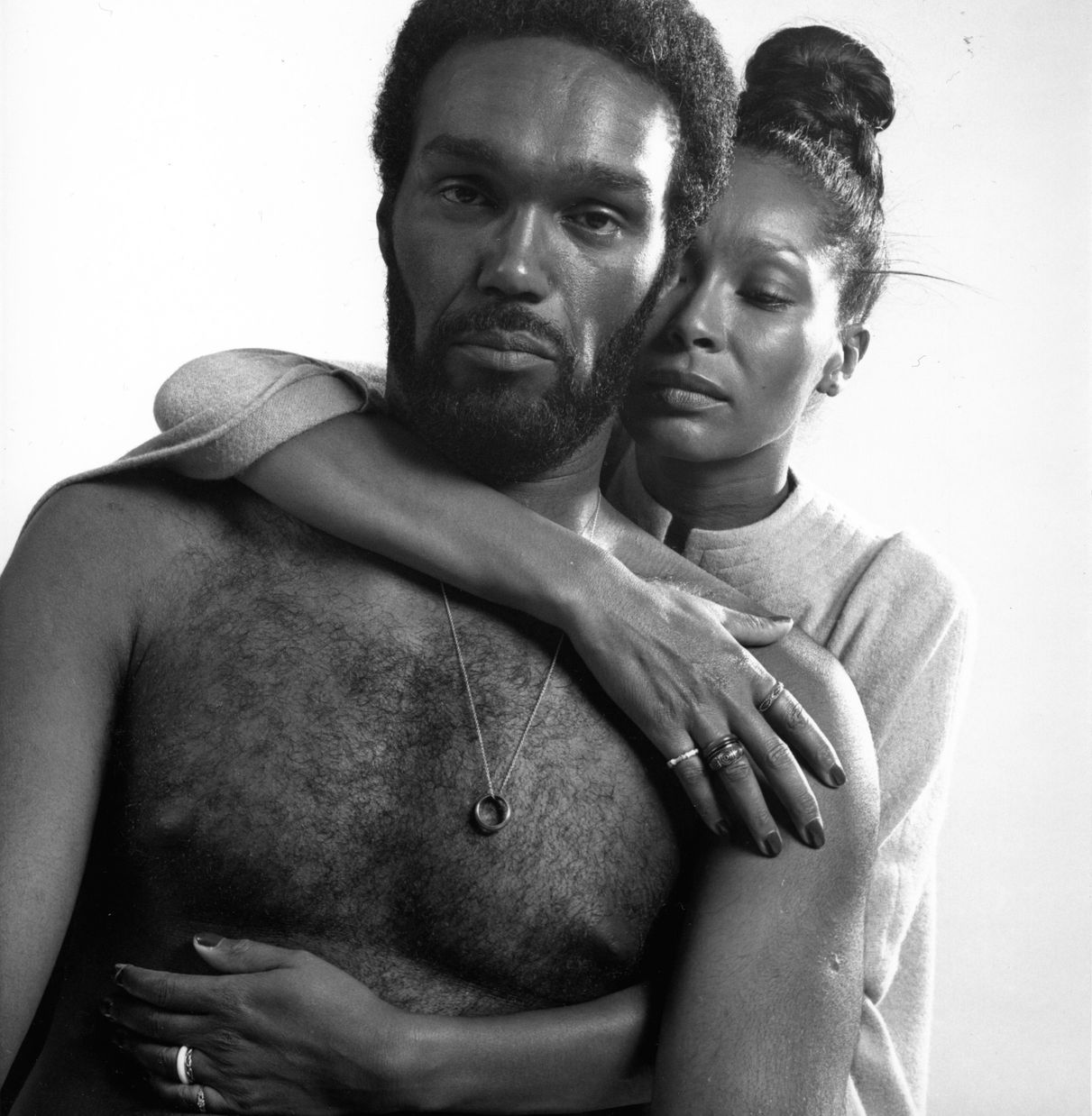
"As much as we want to call cinema entertainment, it is very much a tool. It is a key component in how media has transformed and shifted our thinking as a society."
In your feature in the TIME article, you have a quote: “Film is the most widely distributed form of visual media and it has the capacity to shift society’s thinking and be a political tool.” Could you expand on that a bit more?
That quote, for me, comes from Birth of a Nation by D.W. Griffith. That was interesting to encounter that film for the first time in film school. A brief history of that film, it was made by D.W. Griffith and a lot of people still consider him one of the founders of Hollywood. But he was also a white supremacist, and he made this film knowing that at the time that people who were migrating in masses to America would often go to cinema spaces in order to assimilate to the culture and in some cases, learn the English language. He knew how powerful making a film like that could be in terms of how he could shape people’s thinking. Specifically around Black folks. Basically his goal was to make Black people look like animals and make them look dangerous and for people to think of them as violent and it worked in a large capacity.
As much as we want to call cinema entertainment, it is very much a tool. It is a key component in how media has transformed and shifted our thinking as a society. So I can only hope that in the future there is the inverse of that and that people like Ava DuVernay and Ryan Coogler—that there are stories that people can relate to, have empathy for, have a better understanding of the Black experience.
What do you have coming up?
At the top of next year, I'm working on a smaller show with a video artist named Ja’Tovia Gary. We’re going to be showing an installation of a three-channel version of her single-channel video called "The Giverny Document," which is about her experience in Giverny, France. She did an art residency there last summer. Thinking about herself as a Black American woman being in that space but also being in Claude Monet's garden on his property where he often painted a lot of his plants and flowers and things. Being in such a peaceful and serene place where her mind and her heart were very much back here [in America]. Thinking about people dying of police violence. That juxtaposition she was experiencing.
At the end of next year, I will be doing a bigger group show that will be called “No Humans Involved,” which is responding to an essay that this scholar Sylvia Winter wrote in the early ’90s where she was responding to the Rodney King case. "No humans involved" was this internal code the LAPD was using to describe certain cases. So the essay is about how we got in this moment, why is it that we are considering people to be not human. She does this really important retracing and goes all the way back to the Enlightenment period where you have all these white European men deciding what it means to be human and then how that framework of thinking basically brings in the new world and the Americas. I’m going to be responding to that text through a group show through some artists who are thinking about this idea of "No Humans Involved" in broader terms.
With or without the permission of an artist, art is a form of politics and it is going to be a form of conversation whether they intend to or not. Do you think it is the artist's responsibility that the things they are putting into the world have a specific message?
I never want to dictate someone else’s experience or their intentions so I can say I can only hope that there is an inherent understanding in terms of responsibility, in terms of what you’re producing and what you are bringing into the world. I can hope that people have that in mind. But, as you said, I think everything is subject to being read in ways that the artists may not have originally thought of or may not consider. People will read work as they will. And that goes beyond the artist. It is all up to interpretation.
Is there an artist or filmmaker making the rounds right now that is inspiring you?
A lot! I guess to go back to Ja’Tovia Gary, who’s leading a vanguard of Black femme experimental filmmakers and doing so with such grace and deep understanding of film as a form, on a formal level. I am really appreciative of what she produces and her project is very much around the Black femme experience. That’s still a very rare experience to be shown in many places.
What does the Black Radical Imagination mean to you?
The Black Radical Imagination is in all of us. It is tied to the Black radical tradition of making. It extends beyond Black folks. A large part of my project of being a curator is knowing that my ideas around exhibitions will always come from a Black Radical tradition but that they are also inclusive of other folks, specifically other folks of color. Because we are not a singular force. Being at a museum in LA and growing up in LA and understanding deeply the notion of multiculturalism, we all exist together as a collective and that should be represented in the larger zeitgeist of curating. Black Radical Imagination is an essence that allows for future-minded creative production. It’s the thing that continues to steer the nation. It’s the origin story of this nation.
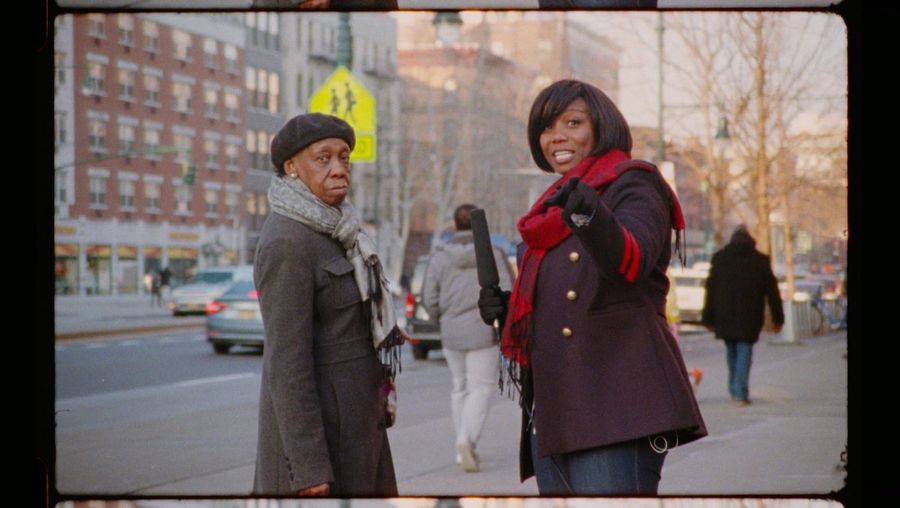
Thinking of it as the origin story of this nation is really powerful.
Again, it goes back to thinking about some of the first modes of creation in this country. Going back to jazz and blues and gospel. When you come from a group of people who have been enslaved and have been oppressed in the most violent of ways, the mere act of creating something and giving yourself the agency to do that is what the Black Radical Imagination is.
"When you come from a group of people who have been enslaved and have been oppressed in the most violent of ways, the mere act of creating something and giving yourself the agency to do that is what the Black Radical Imagination is. "
